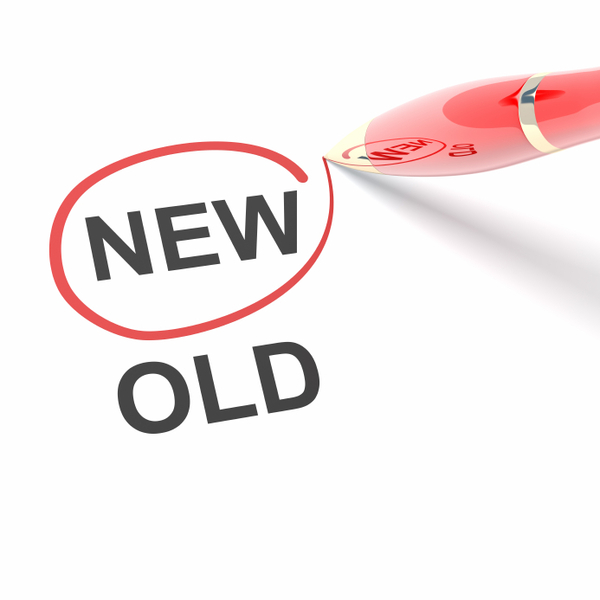 Enterprise networks continue to expand, growing more versatile and complex. Devices once considered peripherals—wireless access points, security cameras, intelligent building systems and voice-over-IP (VoIP) phones—are now important network assets. As more devices are added, the cabling infrastructure needed to support them will have to expand and the option to power them over structured cabling becomes more attractive.
Enterprise networks continue to expand, growing more versatile and complex. Devices once considered peripherals—wireless access points, security cameras, intelligent building systems and voice-over-IP (VoIP) phones—are now important network assets. As more devices are added, the cabling infrastructure needed to support them will have to expand and the option to power them over structured cabling becomes more attractive. Over the last decade, Power over Ethernet (PoE) has emerged as a key powering strategy allowing network managers, installers and integrators to use structured cabling to provide both power and data to many of their network devices. The original PoE standard, IEEE 802.3af, limited the technology to devices requiring less than 12.95 watts of power. Less than three years after the first standard was published, an initiative was started to implement updates addressing the growing demand for more power.
The revised PoE standard IEEE 802.3at, also known as PoE Plus or PoE+, was adopted in 2009 and raised the PoE power supply to 25.5 watts. Since then, the industry’s interest and demand for higher power PoE solutions continues to snowball. The IEEE PoE Task Force is already well into the development of the next evolution of the standard. The new standard, to be named IEEE 802.3bt, is intended to deliver up to 49 watts of power to PoE-enabled devices.
CommScope has developed a white paper to provide customers information on laying the groundwork for this higher level of PoE. In this white paper CommScope recommends the following for additional margin and flexibility of 4-pair PoE:
- Category 6A cabling: To help minimize thermal loading and its associated costs, CommScope recommends running Category 6A cabling to each powered device, preferably using a zone cabling architecture.
- Diversity of power delivery: In order to accommodate future capacity upgrades and ensure diversity in power delivery, it is also suggested that network managers plan for at least two runs of Category 6A cabling per powered device to each zone distributor. This will allow each device to be powered from two different zone distributors.
- Reliability testing: If connectors are unplugged under load, an inductive current is created within the connector that may spark at one or more contact surfaces, causing the surfaces to corrode. It is recommended that connecting hardware be qualified to support PoE and 4-pair PoE applications by using the test schedules in IEC 60512-99-001.
If you would like to download this white paper, click here and look on the right-hand side of the web page under “Related Resources.”






